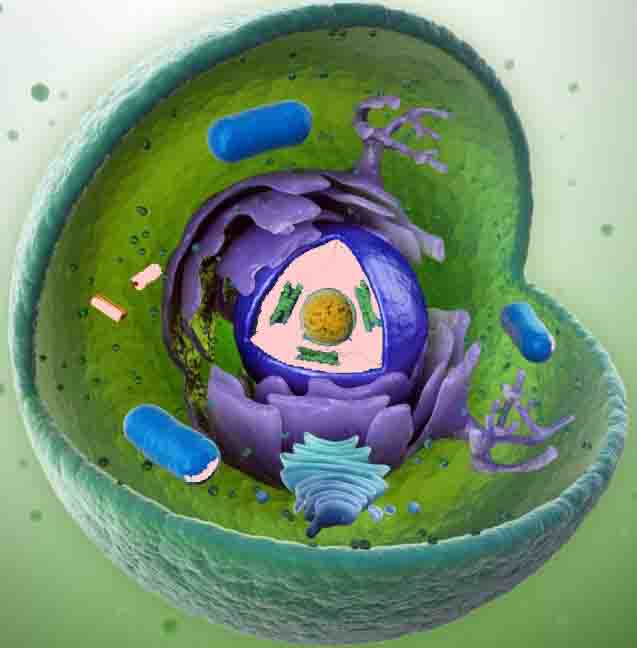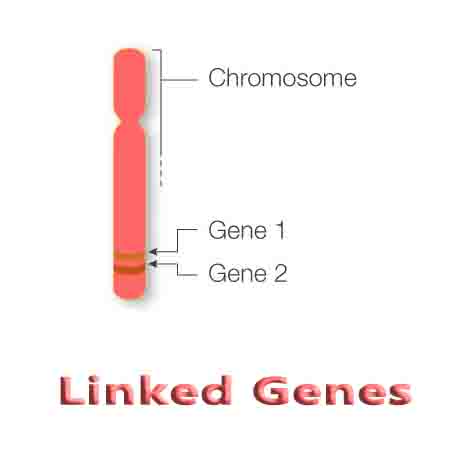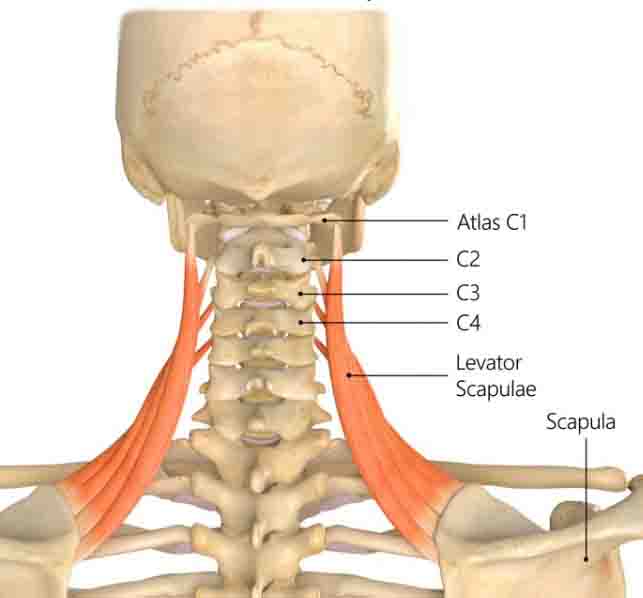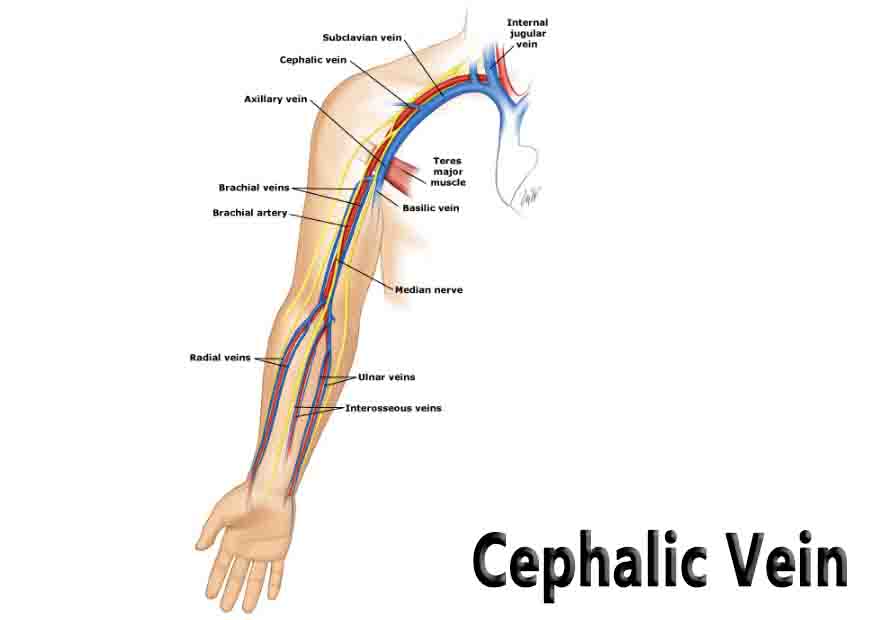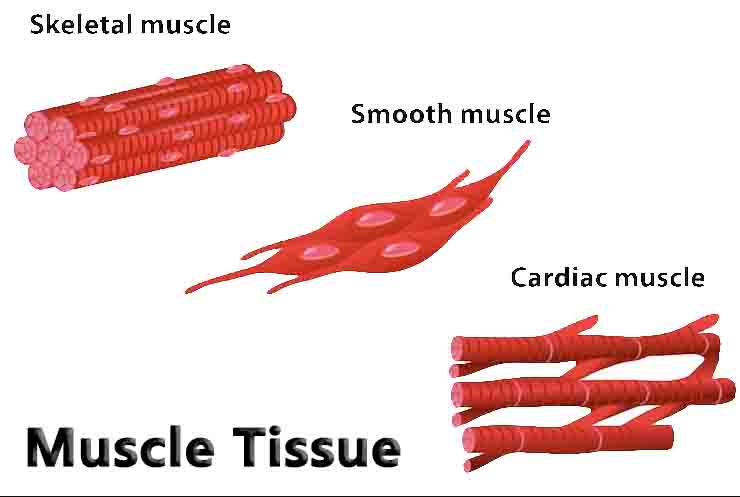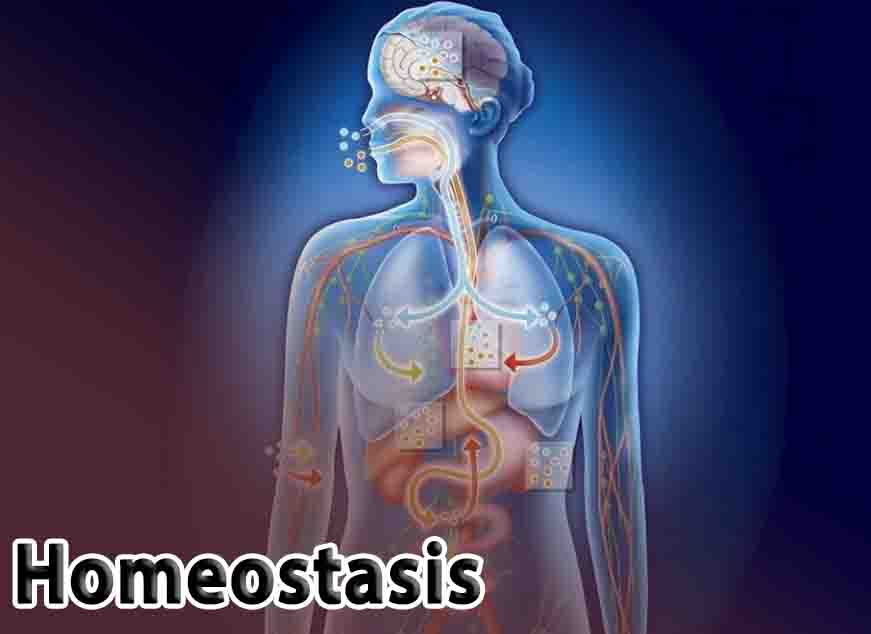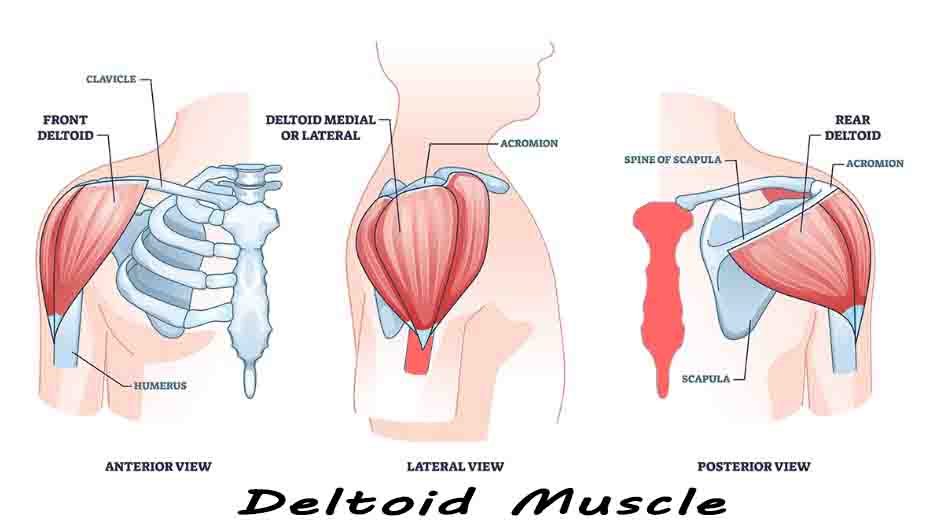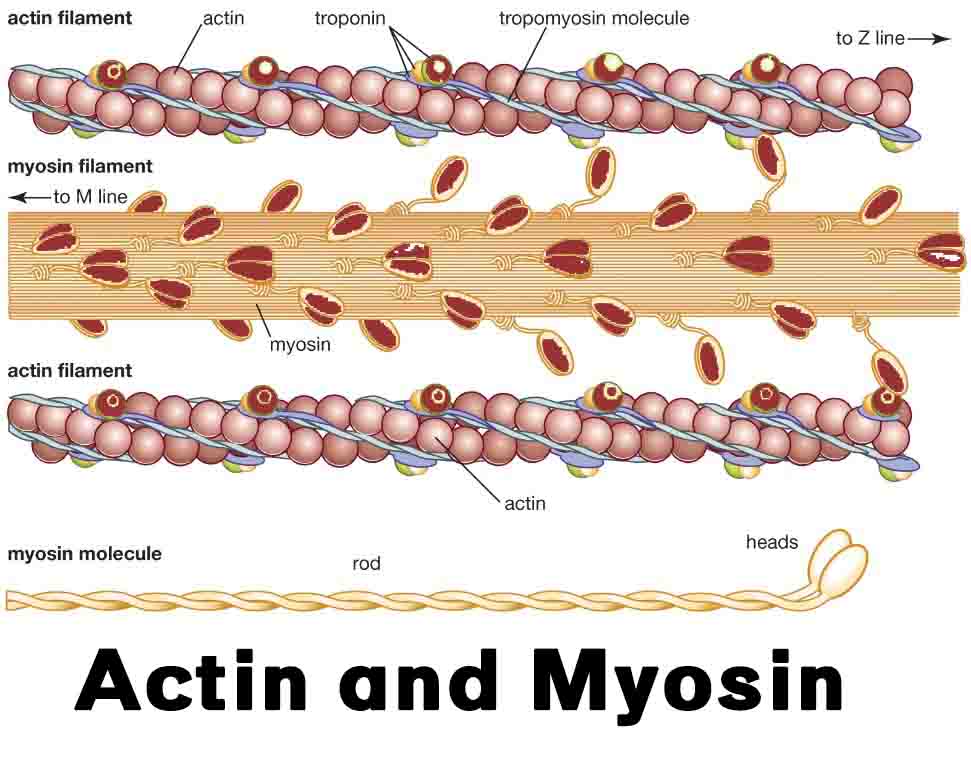Cell Organelles (Animal and Plant)
Cells are the fundamental units of life on Earth, and they are the building blocks that make up all other living things. Every cell contains a set of organelles; subcellular structures that are specially adapted to carry out the necessary functions of life. Some organelles (including the nucleus, mitochondria, and endoplasmic reticulum) are found in … Read more

